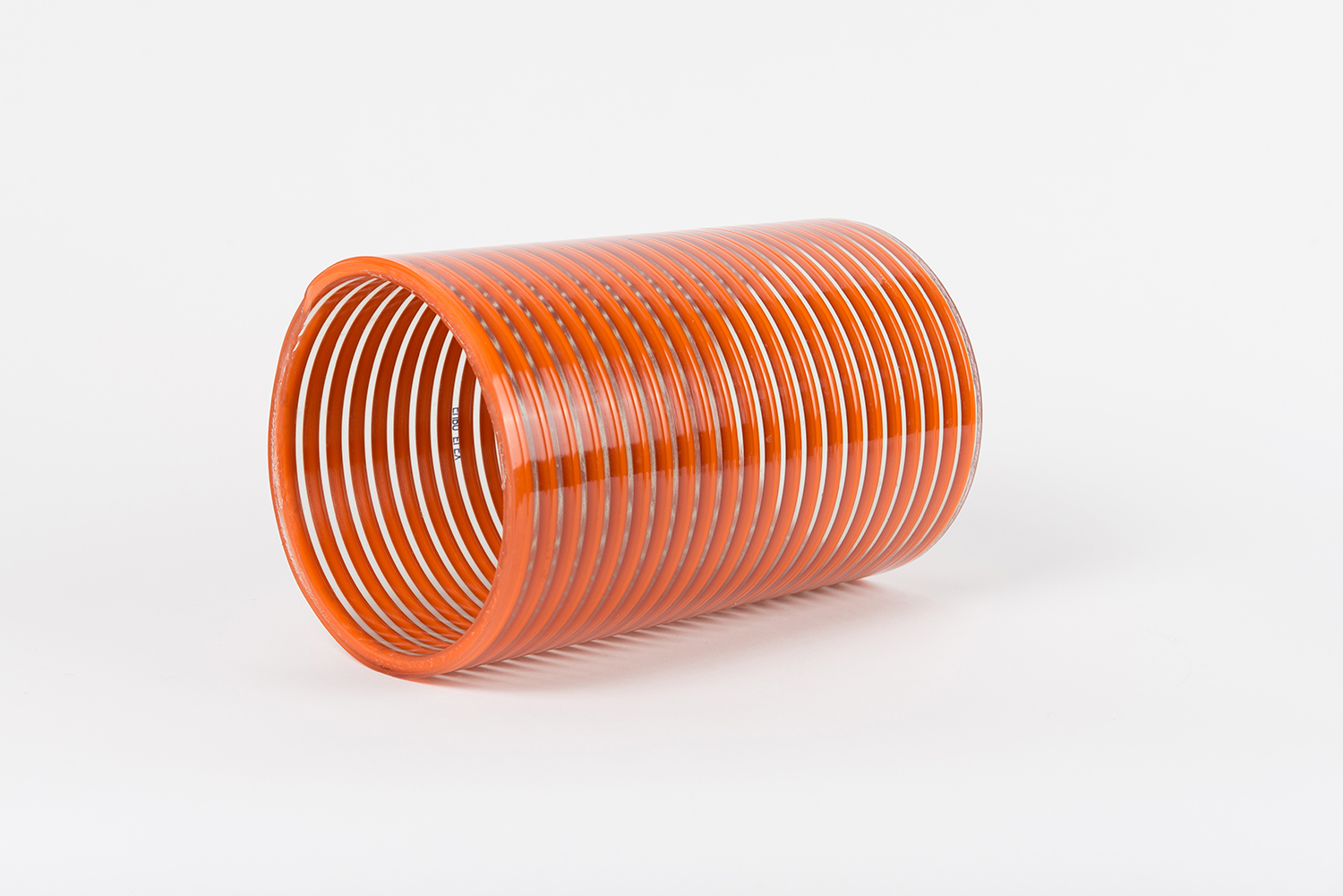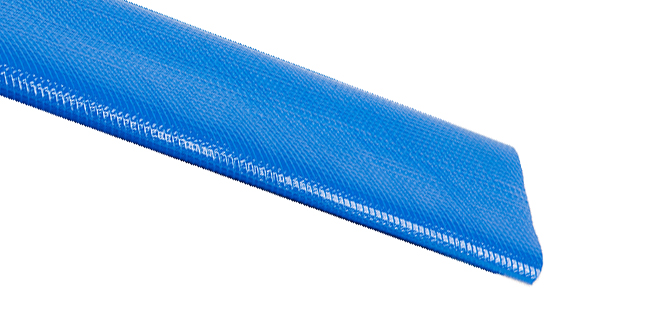Exploring the Versatility of Oil Drop Hose and PVC Layflat Hose: Essential Tools for Fluid Transfer


In the realm of fluid transfer and industrial applications, the significance of specialized hoses like the Oil Drop Hose and PVC Layflat Hose cannot be overstated. These two distinct types of hoses serve unique purposes and offer a wide range of applications across various industries due to their versatility, durability, and efficiency.
The Oil Drop Hose stands as an indispensable component in industries dealing with oil, petroleum, and lubricants. Its primary function lies in the seamless transfer of these viscous fluids. Crafted from robust materials, such as synthetic rubber compounds and high-tensile textile cords, these hoses exhibit exceptional strength and resilience.
The design of Oil Drop Hoses focuses on withstanding the challenges posed by abrasive substances and fluctuating pressures. Their inner linings are engineered to resist degradation caused by the chemicals present in oil-based fluids, ensuring longevity and maintaining optimal performance throughout their lifecycle.
These hoses boast a diverse range of applications, finding their utility in oil refineries, petroleum transportation, automotive industries, and manufacturing units. Their ability to facilitate smooth fluid transfer without compromising on safety or efficiency makes them a cornerstone in these sectors.

Unveiling the PVC Layflat Hose:
PVC Layflat Hoses, on the other hand, are recognized for their adaptability and flexibility in handling water, irrigation, and general fluid transfer needs. Constructed from PVC (polyvinyl chloride) material, these hoses are characterized by their flat, compact design when not in use, making storage and handling hassle-free.
The inherent strength of PVC Layflat Hoses lies in their structure, typically comprising a reinforced core that endows them with durability and kink resistance. This reinforcement allows them to endure high pressures while maintaining their shape, ensuring consistent water or fluid delivery.
Their versatility extends to applications across agricultural settings, construction sites, firefighting operations, and even as drainage or dewatering tools. These hoses are instrumental in efficiently moving large volumes of water or fluids over long distances, catering to diverse operational requirements.
Bridging the Gap: Commonalities and Differences:
While Oil Drop Hoses and PVC Layflat Hoses serve distinct purposes, there are notable parallels in their utility. Both are engineered to handle specific fluids, whether it’s the specialized design of Oil Drop Hoses for oil-based substances or the adaptability of PVC Layflat Hoses for water and general fluid transfer.
However, their primary differences lie in their composition, design, and targeted applications. Oil Drop Hoses prioritize resistance to oil and petroleum-based fluids, whereas PVC Layflat Hoses emphasize versatility, flexibility, and adaptability for water-based applications.

Importance in Various Industries:
The significance of these hoses spans across multiple industries, contributing significantly to operational efficiency and safety protocols. In the oil and gas sector, Oil Drop Hoses play a pivotal role in facilitating the transportation of crude oil, lubricants, and various petroleum derivatives, ensuring seamless flow within refining processes and distribution networks.
Meanwhile, in agriculture, PVC Layflat Hoses are instrumental in irrigation systems, enabling efficient water distribution across fields, orchards, and crop cultivation areas. They aid in managing water resources effectively, contributing to enhanced crop yield and sustainable farming practices.
In conclusion, the Oil Drop Hose and PVC Layflat Hose stand as indispensable tools in the world of fluid transfer, each with its distinct attributes and applications. Their reliability, durability, and adaptability make them crucial assets across industries, from oil and gas to agriculture and beyond.
Understanding their specific functions and applications allows industries to leverage these hoses optimally, ensuring smooth fluid transfer, maintaining operational efficiency, and upholding stringent safety standards. The evolution and innovation in hose technology continue to enhance their capabilities, promising a future where fluid transfer becomes even more efficient and reliable.
tags:
In the scenic state of Connecticut, the demand for efficient transportation solutions has led to...
Introduction to Braided Wigs Braided wigs have become a game-changer for many Black women, offering...
In today’s fast-paced world, having a reliable key cutting service nearby is a must. Whether...